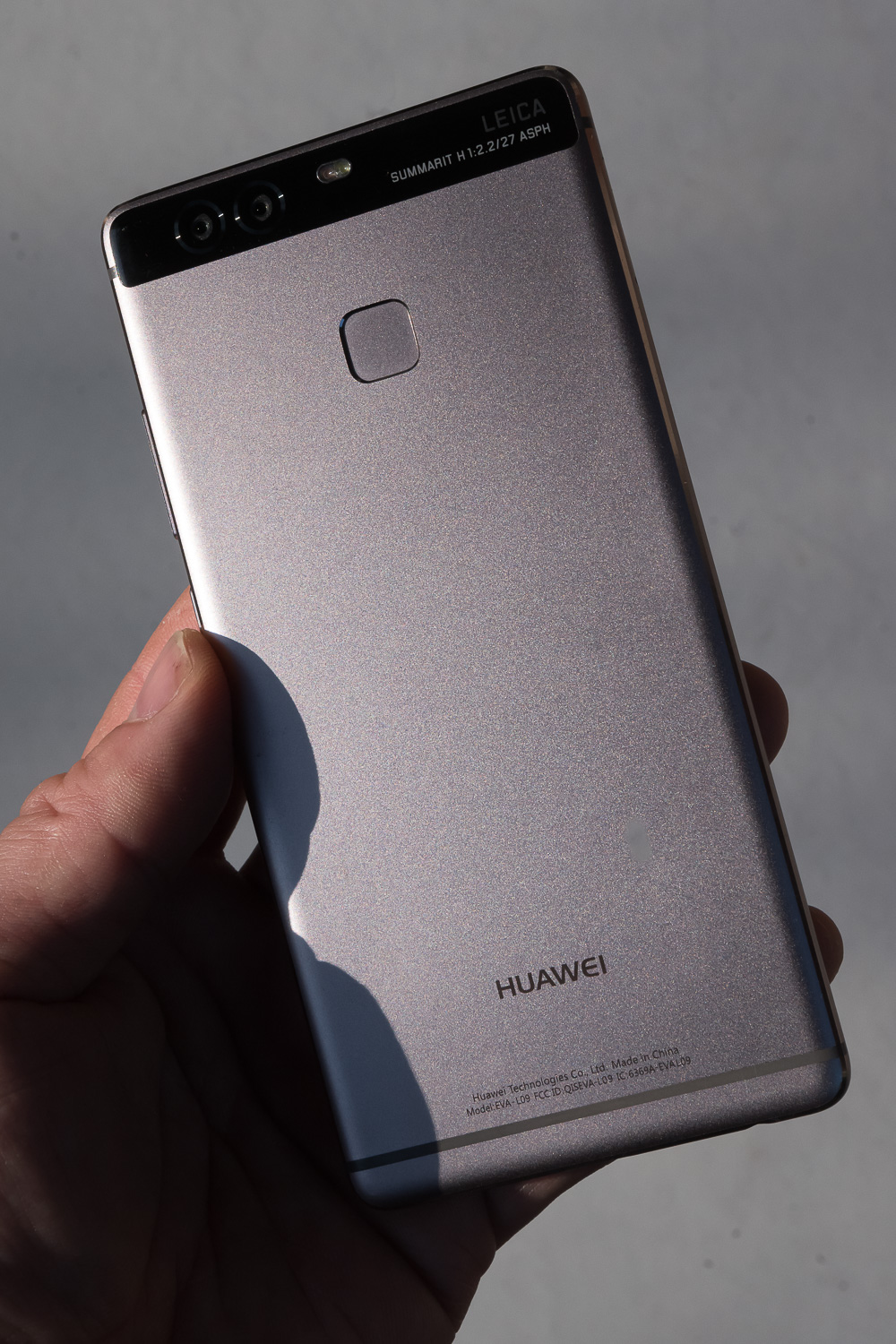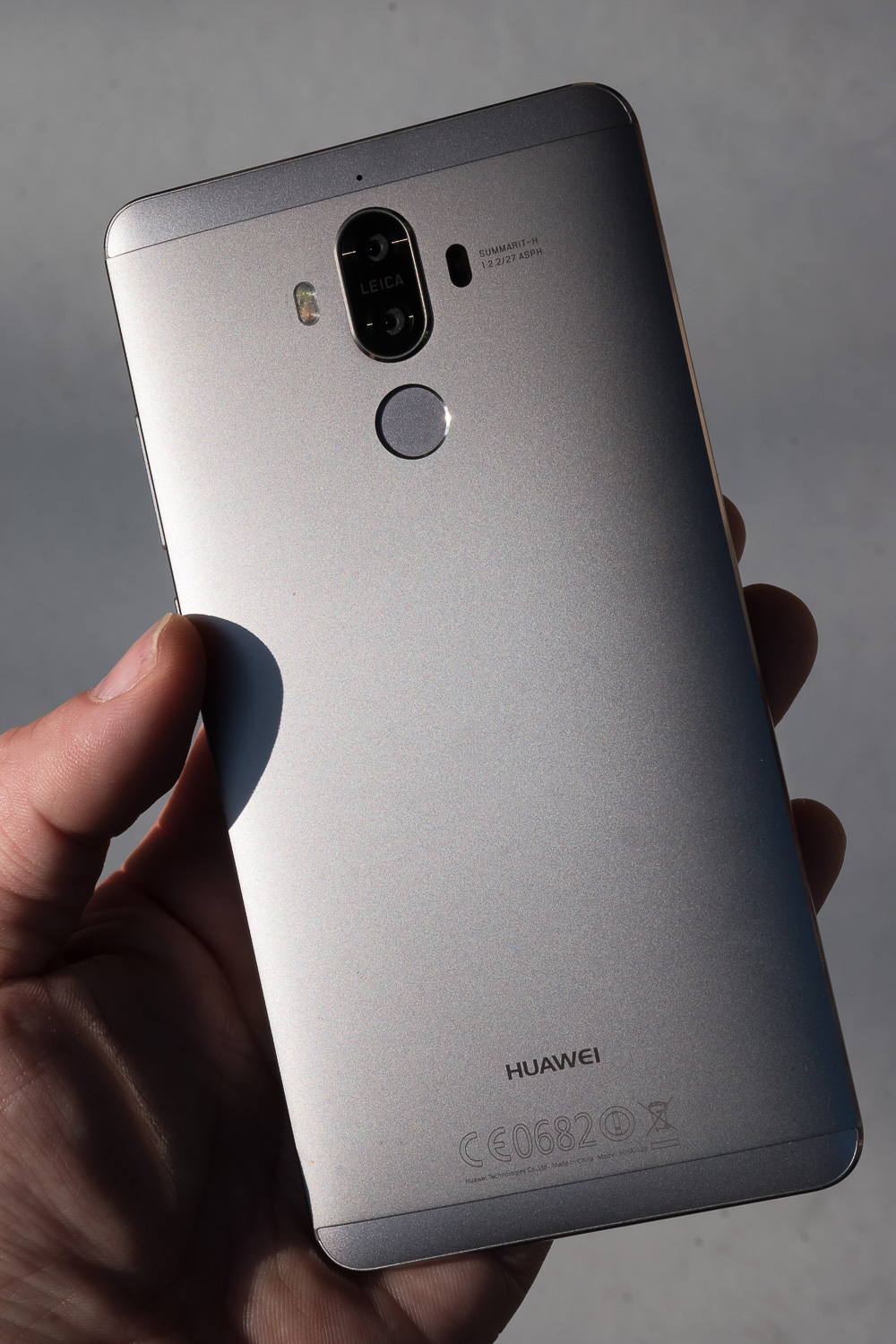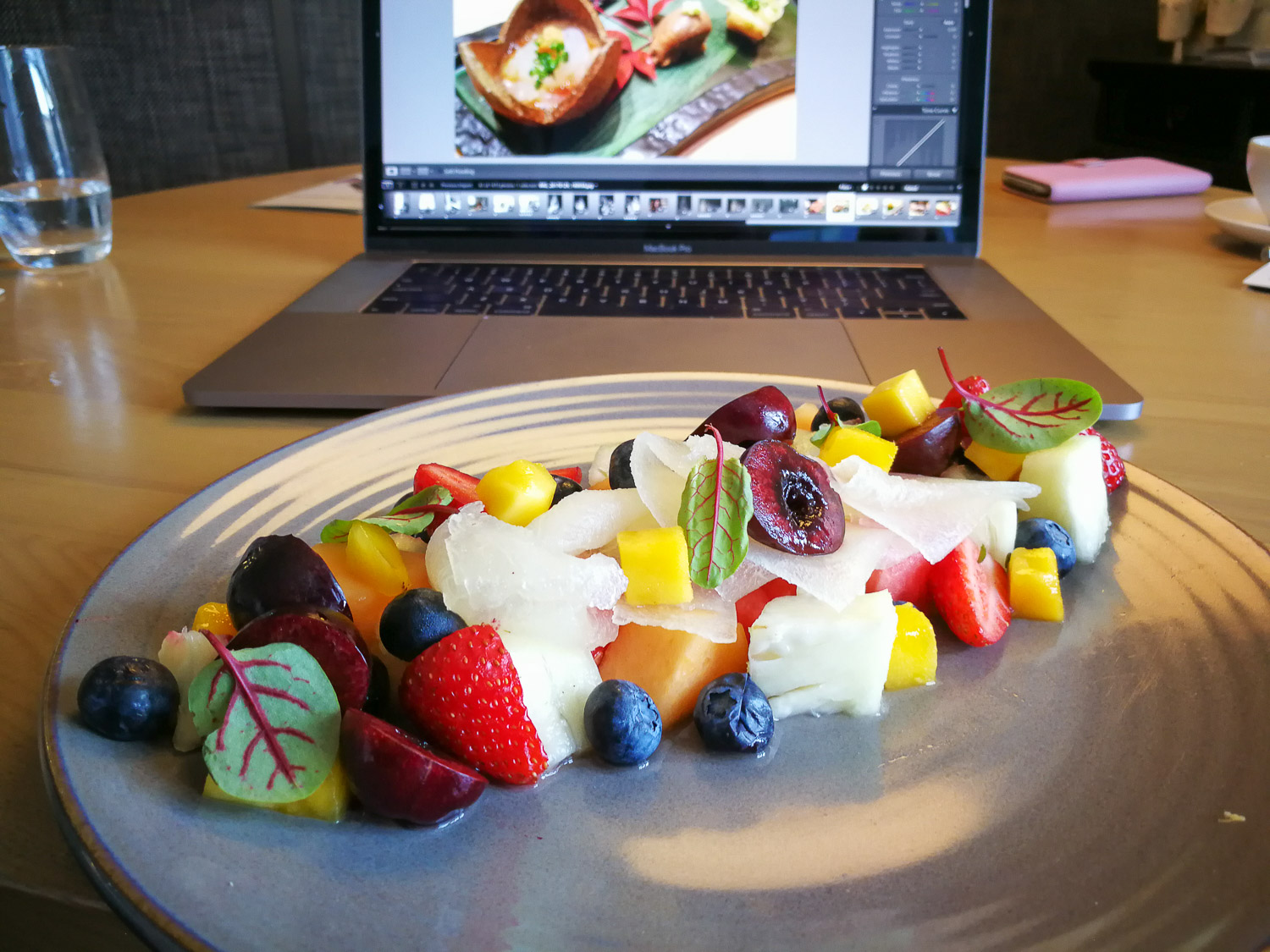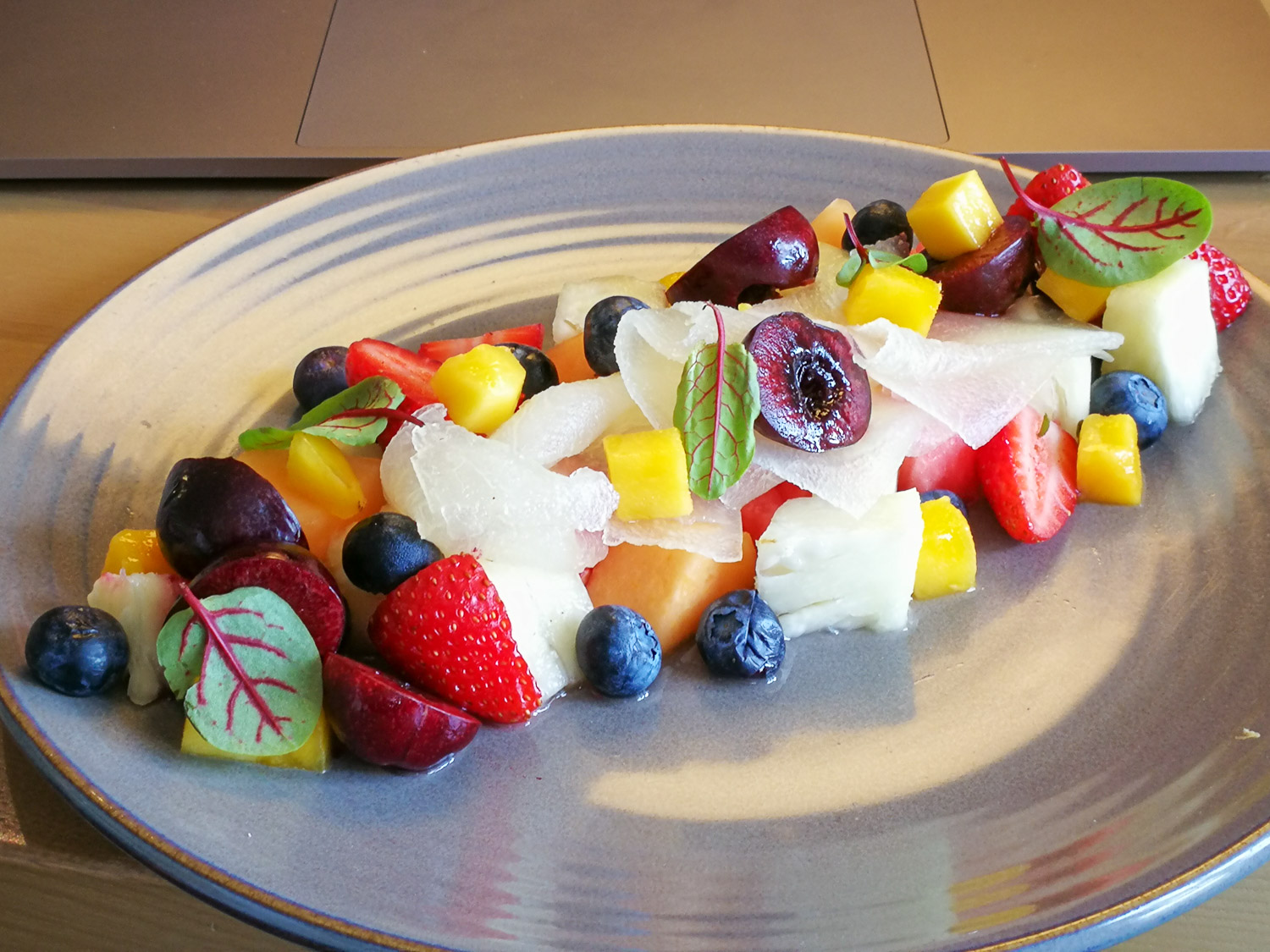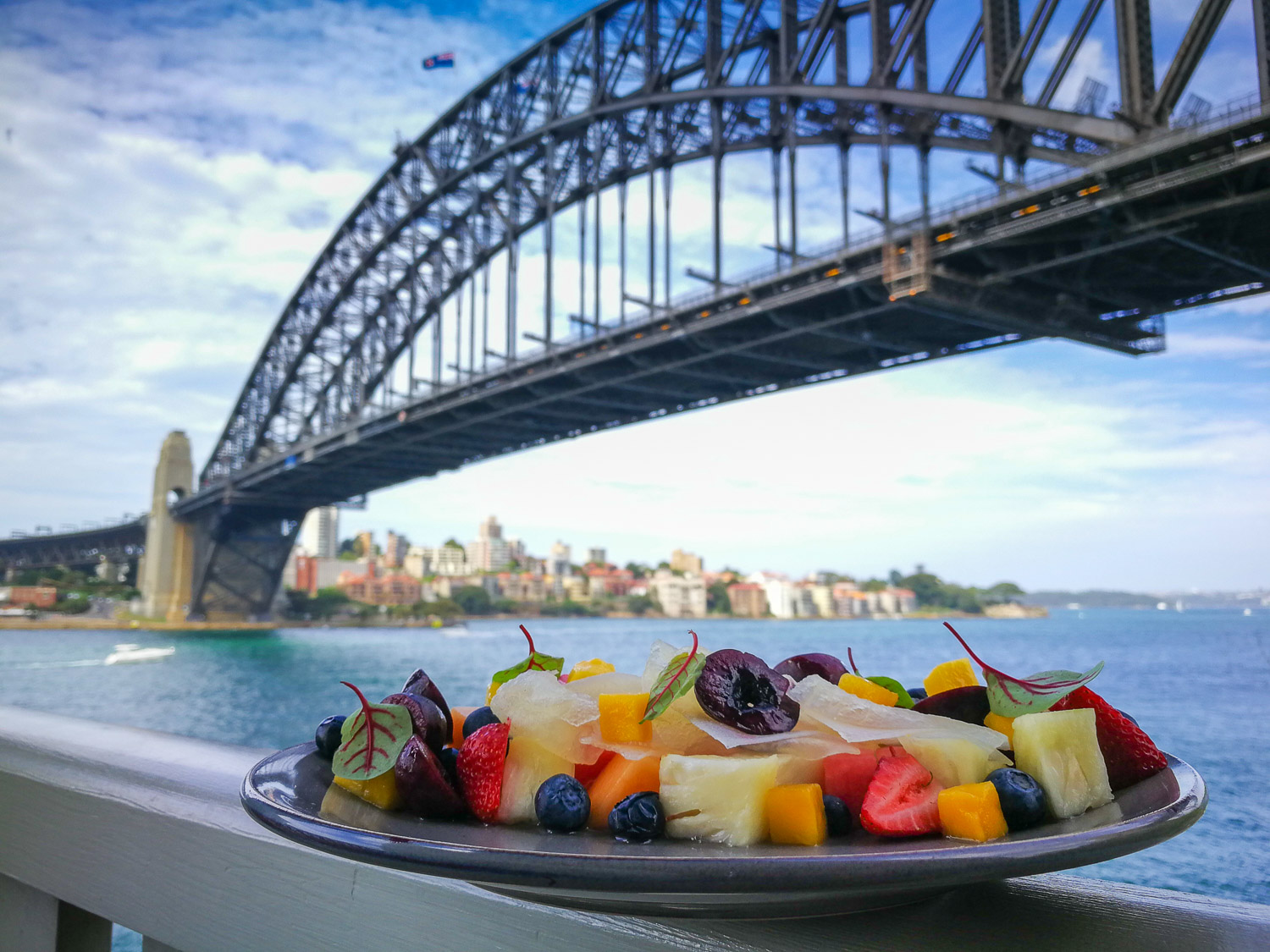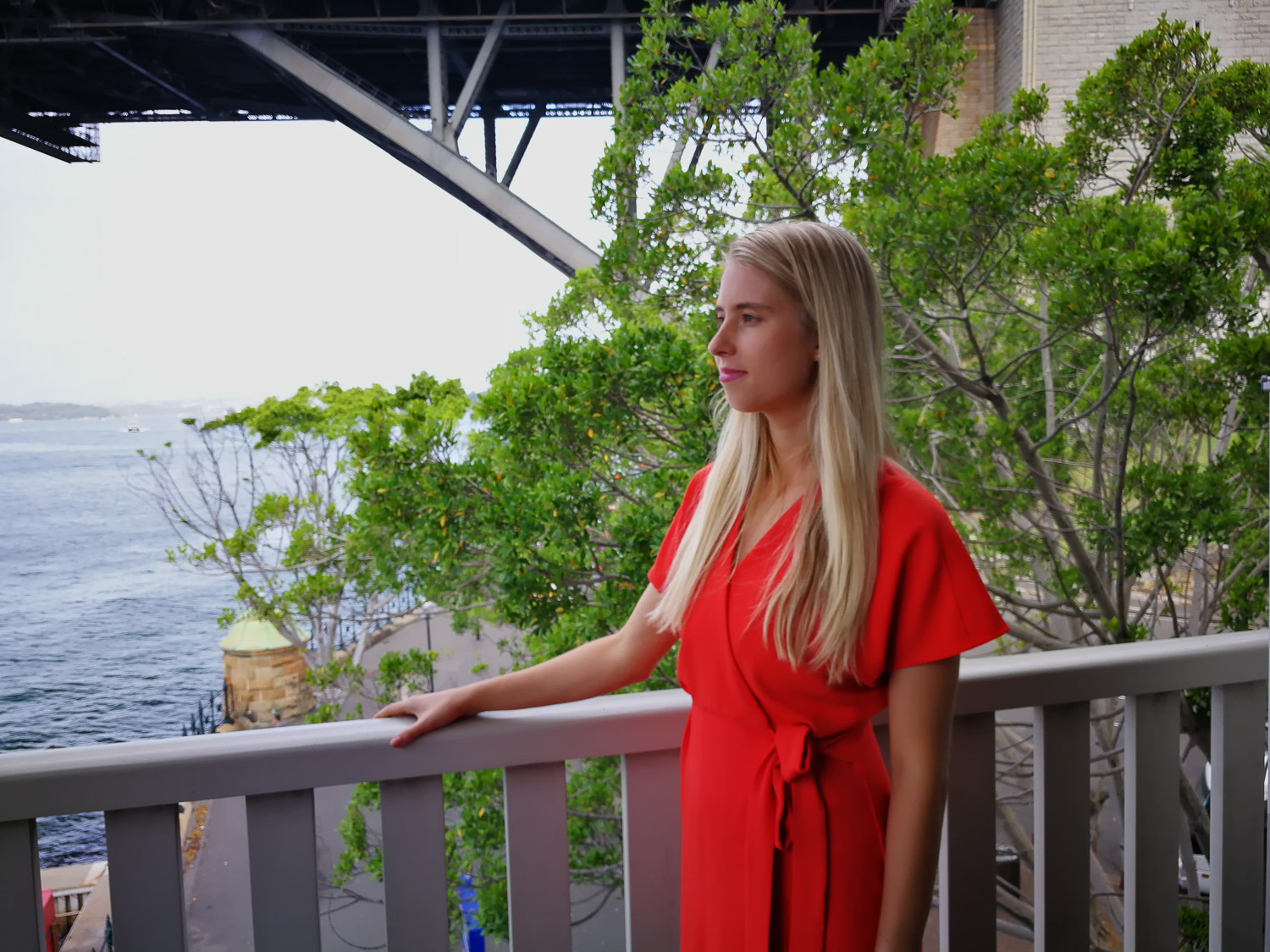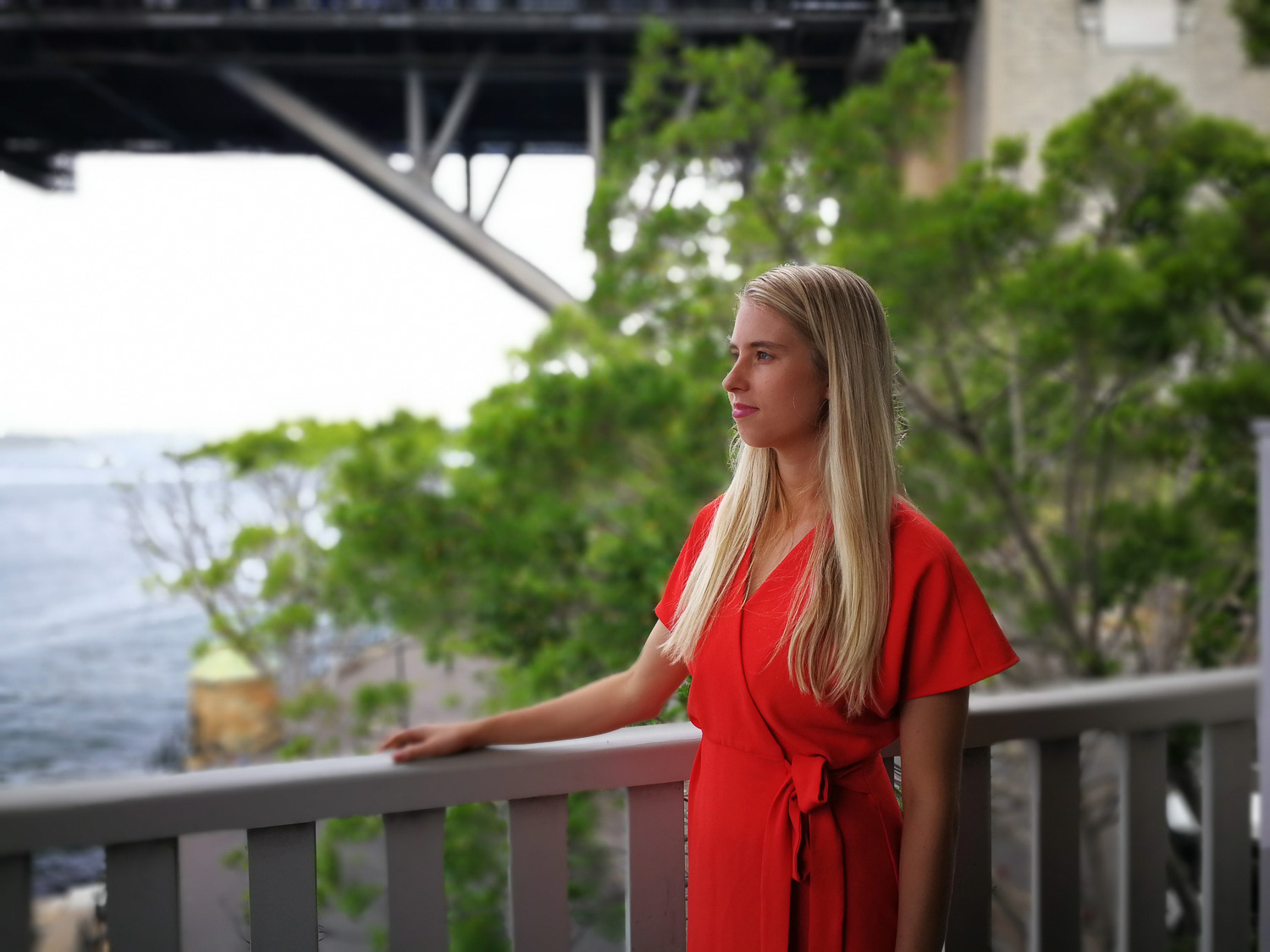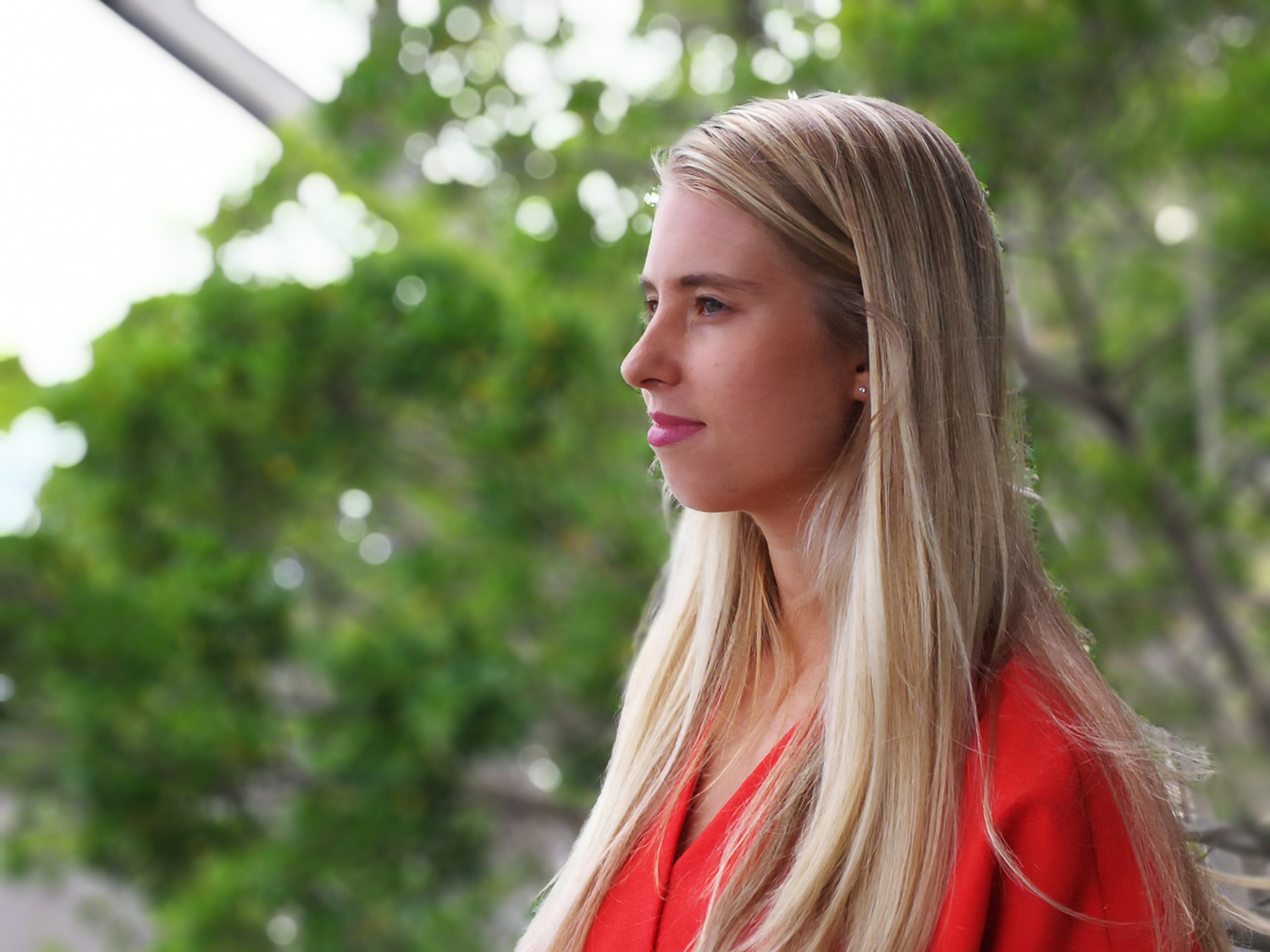The Smartphone market is heating up, and it’s fuelled by the top competitors who set the standard by which all others follow, all vying for the crown of ‘best camera’. Following the P9, we saw what happened to the popular Note series, and that Apple also entered the dual-camera domain with their addition of a secondary camera in the iPhone 7 PLUS. Google launched the Pixel which has been met with good reviews for it’s native UI and good performing camera, but it’s bokeh filter didn’t seem to thrill the market as they probably had hoped. It seems there was no better time for Huawei to enter the conversation with their next huge heavyweight - the Mate 9.
Huawei Mate 9
Enter the new Huawei Mate 9 – employing the second generation of Leica’s co-engineered dual camera setup with a new hybrid zoom feature that Huawei hopes will capture a new segment of the market who value picture taking and social media sharing as much as staying connected. Combining a large 4000mah battery with their patented 'supercharge' technology that promises up to a day’s use with only 20mins charge, along with a smart EMUI software that learns how you use your phone to prevent slowdown even after 18months of use, the Mate 9 is certainly thrilling on paper. The question is ‘how well does it perform in the real world?’ Over the last month I’ve had the chance to find out.....
For many of you that may have read my P9 review, you may be eager to know what the notable differences are between the two models and whether it’s worth upgrading. To simplify things, here are the basic differences at a glance:
DISPLAY SIZE P9: 5.2 inches > Mate 9: 5.9 inches
BATTERY P9: 3000mah > Mate 9: 4000mah
CAMERA P9: 1x 12MP Monochrome, and 1x 12MP colour (both 28mm equiv) > Mate 9: 1x 20MP Monochrome, and 1x 12MP colour (both 28mm equiv)
ZOOM P9: Only digital zoom > Mate 9: New Hybrid zoom feature
PROCESSOR P9: Kirin 955 > Mate 9: Kirin 960
The biggest tangible difference between the P9 and the Mate 9 is physical size. It’s a noticeable increase in size, but does come with many added benefits. One thing to keep in mind though is that the Mate 9 is not the replacement of the P9 – it’s the replacement of the Mate 8, and is more so a marriage between the footprint and battery of the Mate 8 and feature-set and camera of the P9, along with some added improvements. So for the many P9 owners out there, the Mate 9 is just another alternative, and not released to supersede your amazing smartphone,
Unlike the P9 review, this will be a short article, where I will focus on 3 key areas that differentiate the P9 from the Mate 9 – Battery, Speed and Camera.
ALWAYS ON - Battery
The more cool features we have in our smartphones, the more we want to use them, and this puts a mighty strain on the battery. If you’re sick of carrying around power banks or battery cases to charge your fast-dying smartphone battery, the Mate 9 may be the solution. After cycling the battery over the first week, the battery has gotten progressively better and now lasts me a day and a half or medium to heavy use, watching YouTube videos, social media use, chatting, calling, using WiFi and Bluetooth connection, and with GPS turned on. This is by far, the longest running smartphone I’ve ever used, and I suspect (without comparing) it’s most likely market-leading too.
ALWAYS FAST - New processor and processing
Any feature-packed smartphone like the Mate 9 is going to find itself dealing with a typical bottleneck when it comes wo managing so many recourses at once. Well, it seems Huawei may have solved this problem. But before we get into the 'how', we must recognise the excellent hardware employed to deal with this new software development. Put simply, the new Kirin 960 chipset, coupled with the Mali-G71 MP8 GPU i6 co-processor and 4000mah battery, mean that the Mate 9 probably has the best possible (current) hardware to deal with almost anything thrown at it.
So how is this achieved? Huwawei have redeveloped their EMUI software to recognise and learn the various behaviour patterns of the user and keep speeds high on a consistent basis by achieving the following tasks:
Machine Learning of behaviour - prediction of different times and locations
Dynamic (temporary) Memory compression of unused apps
Real-time resource recycling
So what was the real-world result? Over the last month I have achieved very fast operational speeds that never required me to shut down apps or restart the device. Of course you can shut down apps at your choosing but it really isn't required like on other smartphones I have used previously. Most importantly, well to a phone-photography enthusiast like myself, this also resulted in faster camera operation times compared to the P9. I also experienced less heating of the device, ensuring a much more comfortable and pleasurable picture taking experience.
Pro mode with low contrast and low saturation in-camera
ALWAYS SHARP - 2nd Generation Leica Dual Camera Module
The Mate 9 now has the second generation Leica dual camera module that has an upgraded Monochrome camera which supports up to 20MP (without hybrid zoom). The 28mm (equiv) lenses and sensor sizes are the same as the P9, which is a very good thing. The P9 has become well known not only for it's abilities to create crisp and detailed looking images with smooth bokeh, even in low light, so it's great to see they didn't go changing everything that made the first generation of the dual lens so great.
Addition of OIS
Low light IOS keeping things sharp
In regards to low light, Huawei and Leica have now added OIS - 'Optical Image Stabilisation', which will further assist in keeping images sharp in low light. While this is a handy feature to have, it only addresses your ability to handhold in low light, and not subject motion. I would urge those serious about their low-light photography to use the camera in 'pro-mode' where possible so that fast speeds and high ISO's can be manually selected to ensure a higher chance of sharp images in low light. OIS is a handy feature to have, but I'd never depend on it to deliver sharp images. Good technique of handling the camera combined with solid manual speed selection is also the best way to achieve sharp results in low light conditions. Nonetheless, OIS is a very welcomed addition and it does help when you really need it.
Monochrome camera using IOS in low light
The new 20MP Monochrome Camera
Monochrome camera used with Pro-Mode
The second generation Leica Dual Camera lens is first and foremost improved by the upgrade of the Monochrome Camera. While remaining the same size, the output has been upgraded, or some may say, 'modified' to provide 20MP sized files, compared to the 12MP previously used in the first generation seen in the P9. This change was mainly included to address the need to incorporate the new 'hybrid zoom' feature, which I will discuss next.
In terms of the camera itself, I'd say it's pretty much equal to the 1st generation, even with the added megapixels. As the sensor size remains the same, the Mate 9 is just up-sampling the pixels to create a larger output. At a pixel level, we're not effectively getting more detail because the sensor sizes are the same. Having said that, the interpolation being done 'in-camera' is very good, and better than using any editing program so the resolution does look excellent and combined with the fantastic 'Leica Engineered' lenses, the output is crisp with plenty of fine detail. If anything, I'd say the images look a little 'too-sharp', from the processing used in-camera.
Monochrome camera used with Pro-Mode
Regardless, the images out of the Monochrome camera look amazing. There aren't many Monochrome cameras available in the market. In fact, the only other is Leica's M Monochrom, which retails for US$7.5k, without a lens. This makes the Mate 9 Monochrome camera look mighty attractive and it is certainly fun to use, especially for those purists looking for a true 'black & white' shooting experience. There's just something special about achieving pure monochrome images with a wider range of grey hues, straight from the camera. Also, images from a Monochrome sensor ensure no detail is lost, which happens with all colour sensors, due to the colour filter used.
Monochrome camera in auto
Hybrid Zoom
Up to 2x Hybrid zoom is indicated by the solid line. the broken line is where digital zoom starts.
Here is why the Monochrome Camera was upgraded from 12 to 20MP, and it's a fantastic new technology not yet seen on any product in the market. If you're familiar with using smartphone cameras to take pictures, you would have used 'digital zoom' previously. Digital zoom is where the camera's software zooms into the image and crops a section out of it and electronically interpolates (enlarges) the image back to full size. The quality is normally less than stunning, and most of the time you're better off shooting wide, and cropping in later for better image quality.
Well, Leica and Huawei have co-engineered a way to get the best of both world's by cropping into the 20MP monochrome sensor for detail and combining the colour information of the 12MP sensor to create an image that can achieve up to 2x zoom with minimal quality loss. This brings the effective focal length to approximately 50mm from 28mm, which is great for portraits. From my testing, I found there to be a very small loss in quality - a fraction of the amount you'd lose if you used digital zoom. The loss is barely noticeable in almost all situations, so its a very welcome addition to the Huawei-Leica camera system.
I found the hybrid zoom especially good for shooting portraits, but mostly for food pics where you want to zoom in to avoid distortion and unwanted objects in the frame.
Wide aperture and hybrid zoom combine well for dynamic food pictures
Hybrid zoom in auto with plenty of focus to show all the details. Colour is very natural out of the camera
Hybrid zoom used with Pro-Mode at Macro focus distance
Wide aperture with hybrid zoom
Wide Aperture Mode Improved
If you enjoy taking portraits or getting creative by isolating your focal point from the background, you'll love this 'Huawei exclusive' technology. For those of you who have enjoyed this in the P9, it has now been improved, significantly. The new Kirin 960 processor combined with the 4000mAh battery allows more processing power and algorithms to be calculated, further improving the software's ability to mimic shallow depth of field, much like you'd expect from a traditional Leica camera.
The EMUI software uses the data collected from the two cameras to measure more distance information and collect more light to make pictures even better, and more 'professional-looking' than ever before. While this may sound like marketing hype, it actually works very well, and is the first of it's kind in a smartphone. In fact this technology isn't even available in professional cameras, so its certainly a powerful tool to have in your pocket. On top of that, it's so simple to use - just click an icon to enter the mode and fire away!
Depth of field is narrowed to make the desert pop from the background, here with hybrid zoom
The second generation Leica dual lens module goes a step further than the first generation by allowing the use of wide aperture effect when using the hybrid zoom feature. This is a very welcome feature, as 50mm is often the focal length used by photographers to employ the use of shallow depth of field for portraiture work. The iPhone 7 tried to employ a similar effect using their smaller second camera combined with software to find the edges of the subject and blur the background. Unfortunately, this feature only works in bright light and only within a certain distance. Having tested the iPhone 7 Plus, I found this feature very cumbersome to use and found the feature turning on/off at random, and then in low light, it turns off completely. The sensor size is also smaller than the main 28mm camera, resulting in lower image quality, and there is no OIS available.
Hybrid zoom combined with wide aperture
The Mate 9 however allows the wide aperture effect at close macro distances to about 3 meters, and in any light, with the larger sensor and OIS available. While this feature does work for macro shots, it works best at around 2m from the subject, so keep that in mind. The overall result is fantastic. The new algorithms work well at finding the edges of the subject and blurring out the background in a very natural way, like you would expect on a Leica camera. The focus point is sharp, colours are beautifully and naturally rendered and bokeh (out of focus areas) looks smooth and pleasing to the eye.
Below you can see the affect of first using wide aperture effect, and then using the hybrid zoom, both shot with a complicated background with leaves. While not 100% perfect, the Mate 9 does an amazing job in this situation.
Compared to the P9
While I am not doing side by side images comparing the P9 to the Mate 9, it's very clear that the upgrade in processing power of the Mate 9 gives it a good advantage when it comes to overall camera operation speed and wide aperture effect accuracy. Other than that, images from the P9 are special, and while the Monochrome camera is still only 12MP, every pixels looks amazing, especially for a smartphone.
Compared to the Competition
Please not that I have not compared the Mate 9 to other smartphones but I've used them briefly with friends who own the iPhone 7 Plus and Google Pixel specifically. They are both good devices, and while they may compare well in image quality, they lack the two distinct advantages found on the Mate 9's camera - Monochrome, dual lenses that work together and wide aperture effect that is changeable after the picture is taken. Add in the longer battery life and new processor and you have a smartphone/camera that is sure hard to beat.
Monochrome Camera in Pro Mode
In Summary
For those of you considering a purchase of the Mate 9, it certainly provides a very good value proposition. At a an Australian price of $999, it represents amazing value compared to the iPhone 7 Plus and Google Pixel which are considerably higher. For the P9 owners out there considering an upgrade, you'll need to consider the size as the main difference from a usability standpoint. While the size is larger, it's virtually the same size as the 5.5inch iPhone 7plus, yet has 5.9inches of display real-estate to work with.
For iOS users, the main consideration may be that you'll need more your data over to Android and learn a new system. Luckily Huawei have an app that makes that very easy, called Huawei 'phone clone'. By downloading this app on both devices, it uses a QR code setup to transfer everything over as accurately as possible and works very well from my testing.
Overall, I think the future is looking very bright for Huawei. In only their second generation Leica dual camera module, they have clearly redefined the smartphone camera segment and not only challenged the great iPhone, but revolutionised what is possible with a smartphone camera, putting very powerful capabilities into the hands of the users. The Mate 9 is clearly my best mate right now, as it's always on, always fast and always sharp. What more could I need?


